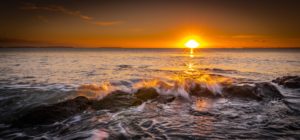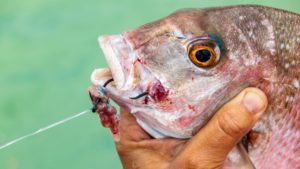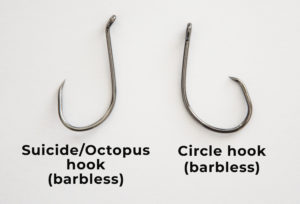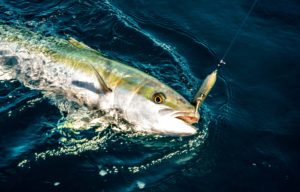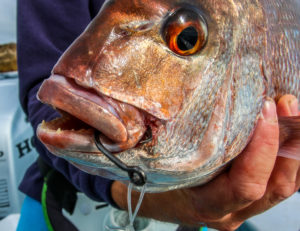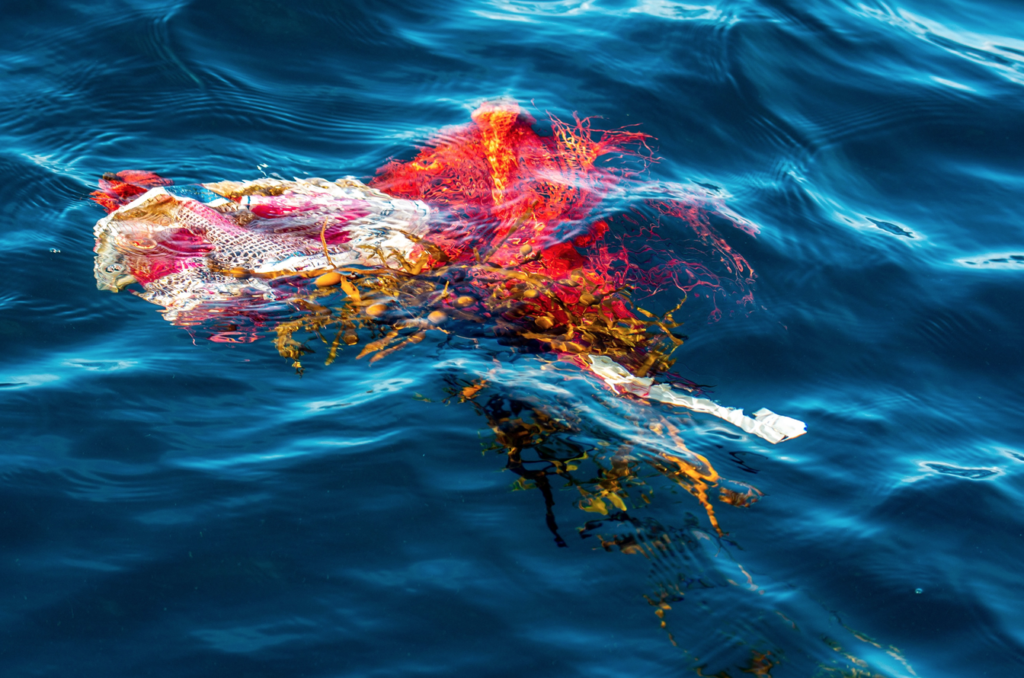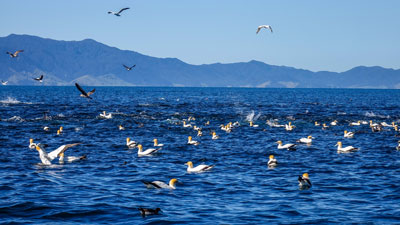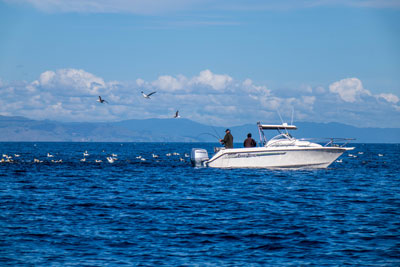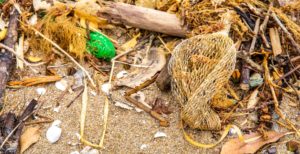
Sometimes we leave behind traces of our fishing trips in the marine environment. Plastic bags can blow into the water without our noticing them, or we cut a tangle out of our line and throw the offending mess into the sea. We may get snagged on the bottom and leave behind a lure and section of line that could end up wrapped around some sea creature’s head.
Accidents do happen, but we can certainly minimise the impact we have in the marine space. Making sure that plastic is not left lying around on the rocks or our boat is an easy one, simply because as we fly home with our eyes glued ahead, the wind may catch a bag sitting on the floor behind us and whip out onto the ocean without being noticed. Minimising plastic on board in the first place is a good idea too.
Recently, a fisher was doing a beach clean-up along the Thames coastline and couldn’t get over the amount of red onion sacks and plastic holding bags washed up on the shore. Fishers use these as berley bags and had simply discarded them after a day’s fishing. It was obvious fishers would rather pollute the environment instead of getting their hands dirty and emptying the berley bag of its contents before stowing the plastic onboard for proper disposal.
It’s a good idea to have a rubbish container on board that is easily accessible so line, packaging, and items such as used softbait tails, can be safely stowed away. Any measures that prevent rubbish from entering the sea contributes to reducing our impacts.
Softbaits have become very popular over the last few years and this raises the question around pollution. Some brands are biodegradable and will likely say so on the packaging. While not as bad for the environment, it is still best to not throw them overboard once they have served their purpose because the time it takes to biodegrade can still be a while.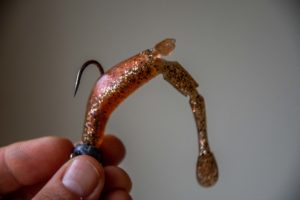
What about non-biodegradable softbaits? These are still plastics that are not good for the ocean should they end up there. There are lots of positives to using softbaits, like hooking fish in the lip rather than the gut and the fact that legal-sized fish are caught more often than not on these lures.
The best strategy then is to minimise any loss of lures and check your lure frequently and replacing if it becomes easy to pull off the jig head or tattered. If the softbait is easy to pull off the jig head, it is also easy for a fish to grab it and remove it altogether. Another measure is to use strong enough line and tackle so that bust offs are minimised. Fishing softbaits on light line around rocky terrain (eg casting into the wash around the rocks) is an obvious recipe for disaster as the chances of hooking a fish that can take you into the reef and cut the line becomes highly likely.
Choosing to either use lighter tackle in areas where there is little chance of breaking the line or choosing heavier tackle for the rougher terrain are strategies to help minimise the loss of softbaits and fishing line in the marine environment.
It’s also worth considering changing to heavier line when there are several people on board and two or more fishers could get their lines crossed if a school of kahawai turn up. Kahawai have a lovely habit of swimming up and down, left and right, all within 10-20 seconds. Fishing with lighter line means the chances of bust offs becomes a lot more likely, even if the fish are hooked in water that is otherwise free of obstacles to break the line on.
Think about how you fish – are there ways to minimise your impact on the marine environment? Our fishery and coastline are too wonderful to let our litter end up there.
